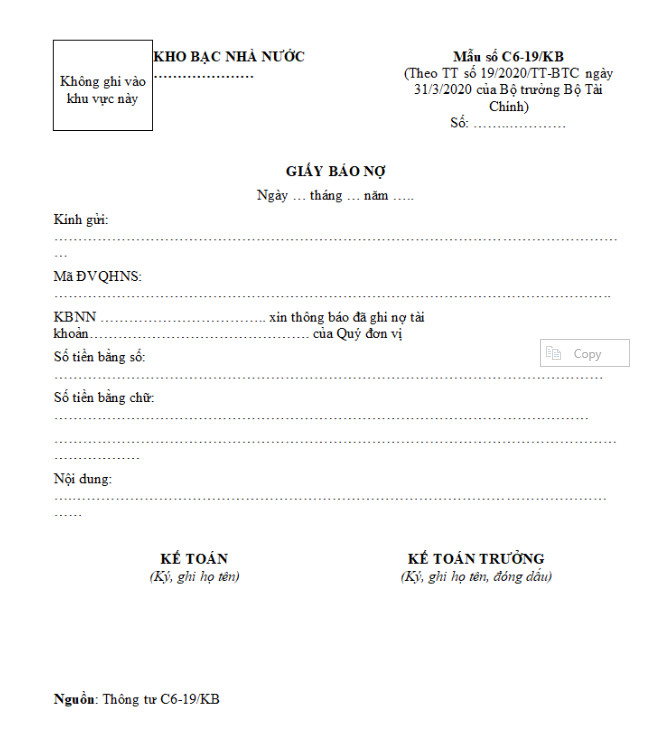Table of Contents
Debts and finances can feel like a labyrinth, shrouded in jargon and complex paperwork. One seemingly confusing term you might encounter is “debt note.” But fear not! This guide from NT International Law Firm unravels the mystery of debt notes, making them easy to understand and handle, whether you’re an individual or a business navigating the world of commerce.

Demystifying Debt Notes: A Comprehensive Guide for Individuals and Businesses
What is a Debt Note?
Think of a debt note as a financial memo. It’s a document issued by a creditor (usually a seller or a bank) to notify a debtor (a buyer or a customer) of the amount they owe. It serves multiple purposes:
- Informing the debtor: The primary function is to clearly state the outstanding debt amount, ensuring transparency and preventing misunderstandings.
- Recording transaction details: It documents key information like invoice number, goods/services provided, reason for return (if applicable), due date, and other relevant financial details.
- Acting as a payment reminder: It serves as a gentle nudge for the debtor to settle the outstanding amount on time.
- Facilitating financial management: Both parties can track debits and payables, ensuring smooth financial record-keeping.
- Meeting compliance requirements: In some cases, debt notes are mandatory for legal or internal company regulations.
When are Debt Notes Issued?
These versatile documents come into play in various situations:
- Purchase and sale transactions: When a business buys goods or services from another, the seller might issue a debt note for the payable amount. The buyer can also use one if they return goods and request a refund.
- Payment reminders: If a buyer’s invoice payment is due, a debit note serves as a friendly reminder, highlighting the outstanding amount and due date.
- Transaction adjustments: In case of returns or adjustments to a sale, a debt note records the revised amount owed or provides details about the returned goods.
- Company’s internal requirements or buyer’s request: Sometimes, a buyer might request a debt note for record-keeping purposes or the company might have internal policies mandating its use.
Characteristics of Debt Notes:
Understanding these key features will help you recognize and utilize debt notes effectively:
- Issued by the creditor: Typically, the bank or supplier (creditor) issues the document.
- Not mandatory: They aren’t legally required in all business transactions, but businesses often use them for internal record-keeping and transparency.
- Regular form: Debt notes generally follow a standard format, resembling an invoice with a positive amount to be paid or debited.
- Reminder function: They act as a subtle reminder for debtors to manage their financial obligations.
Bank-Issued Debt Notes:
Banks have a specific role in debt notes:
- Notifying debit: They issue debt notes to inform you about debits made to your account, usually with a clear explanation and source of the debt.
- Legal and regulatory nature: Bank-issued notes have a legal and regulatory purpose, ensuring transparency and compliance in your financial activities.
- Standard form: Banks adhere to Circular 200/2014/TT-BTC regulations, ensuring a consistent and accurate format for these documents.

Information Included in a Debt Note
Information Included in a Debt Note:
Remember, a standard format is crucial for clarity and transparency. Circular 200/2014/TT-BTC dictates the information included in a typical debt note issued by a bank:
- Document name: Debit note
- Document print date
- Business account number
- Company name
- Customer code
- Customer address
- Notification content with details like amount, currency, explanation, effective date and time
- Information about the authorized persons (maker, controller, chief accountant, bank director) with signatures and names
Distinguishing Debt Notes from Similar Documents:
It’s essential to differentiate debt notes from other financial documents:
- Credit notes: Notify businesses of received payments and are recorded in red ink as a credit to their account.
- Invoices: Notify businesses of the amount they owe and are recorded in blue ink as a debit to their account.
- Payment orders: Are instructions by the payer to the bank to transfer a specific amount to the beneficiary.
Staying Compliant and Using Templates:
To avoid legal issues and ensure the validity of your debt notes, remember:
- Follow the standard format outlined in Circular 200/2014/TT-BTC.
- Use formal and accurate document templates.
- Maintain proper record-keeping of issued and received debt notes.
Conclusion:
Understanding debt notes empowers you to navigate your finances effectively. Whether you’re an individual juggling personal debts or a business handling commercial transactions, knowing their purpose and function can improve communication and

NT International Law Firm is Here to Help You
NT International Law Firm is Here to Help You
NT International Law Firm has addressed the question of what debt notes are. If you have any further questions or concerns regarding civil law, please contact our law firm immediately for expert legal advice.
If you require any legal assistance, please feel free to reach out to us via phone at 090 252 4567 or through email: info@ntpartnerlawfirm.com. At NT INTERNATIONAL LAW FIRM, our team is committed to offering you prompt and personalized advice.
You also might be interested in:
“The article’s content refers to the regulations that were applicable at the time of its creation and is intended solely for reference purposes. To obtain accurate information, it is advisable to seek the guidance of a consulting lawyer.”

LEGAL CONSULTING SERVICES
090.252.4567NT INTERNATIONAL LAW FIRM
- Email: info@ntpartnerlawfirm.com – luatsu.toannguyen@gmail.com
- Phone: 090 252 4567
- Address: B23 Nam Long Residential Area, Phu Thuan Ward, District 7, Ho Chi Minh City, Vietnam
